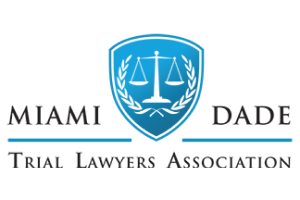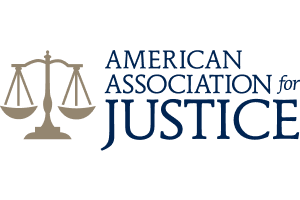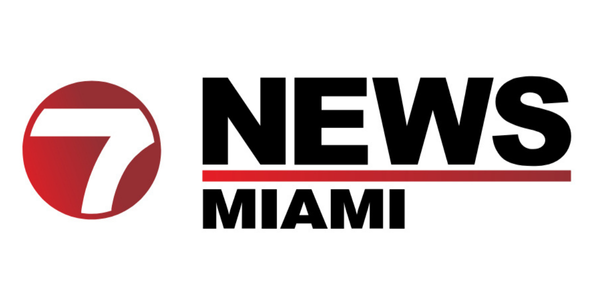- Free Consultation: 305-638-4143 Tap Here to Call Us
Fort Lauderdale Police Investigating Hit-and-Run Involving Pedestrian in Wheelchair
A disturbing hit-and-run crash in Fort Lauderdale is under active investigation after a pedestrian in a wheelchair was struck by a vehicle that fled the scene on Saturday night, according to Fort Lauderdale Police.
The incident occurred near Northwest 11th Avenue and West Broward Boulevard, a busy intersection just west of downtown Fort Lauderdale. Officers were dispatched to the area after receiving multiple reports of a pedestrian being struck by a vehicle. Upon arrival, they confirmed that a person using a wheelchair had been hit by a black vehicle, which then fled westbound without stopping to provide aid or notify authorities.
At this time, it is unclear whether the victim was transported to the hospital or the extent of their injuries. However, given the vulnerability of individuals in wheelchairs and the nature of vehicle-pedestrian collisions, injuries in these situations can often be severe or life-threatening.
Hit-and-run crashes have become an alarming trend across South Florida, particularly in high-traffic areas like Fort Lauderdale. According to data from Florida Highway Safety and Motor Vehicles (FLHSMV), there are thousands of hit-and-run accidents every year in the state—many involving pedestrians, cyclists, and people with disabilities.
In Florida, leaving the scene of an accident is a criminal offense. When the crash results in injury or death, the consequences are significantly more severe.
Pedestrians using wheelchairs or other mobility devices face unique dangers on Florida roadways:
- Lower visibility to drivers
- Longer crossing times at intersections
- Lack of curb ramps or accessible crosswalks
- Driver distraction or failure to yield
- Inadequate infrastructure for people with disabilities
Who May Be Held Liable in a Wheelchair Pedestrian Crash?
In most hit-and-run cases, the driver of the vehicle is the primary party held accountable once identified. However, depending on the circumstances of the crash, other entities may also bear responsibility:
- Property Owners or Municipalities: If the sidewalk, curb, or intersection design was unsafe or not ADA-compliant, the city or property owner could share liability.
- Vehicle Manufacturers: In rare cases involving mechanical failure or malfunction, the vehicle manufacturer might be implicated.
- Bars or Establishments: If the hit-and-run driver was intoxicated, and it can be proven that a bar or venue over-served them, dram shop laws may come into play.
- Rideshare Companies or Employers: If the vehicle was being used for business or rideshare purposes, the driver’s employer may be liable.
What Should Victims and Families Do After a Hit-and-Run?
If you or a loved one has been injured in a hit-and-run crash, here are the most important steps to take:
- Seek immediate medical care, even if injuries are not immediately apparent.
- Report the crash to police and obtain a copy of the crash report.
- Document the scene, including photos, witness information, and any video footage if available.
- Contact a personal injury attorney to understand your legal rights and begin an investigation.
- Check for uninsured motorist (UM) coverage, which may offer compensation if the driver is not found.












